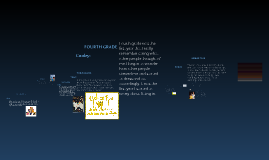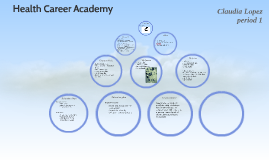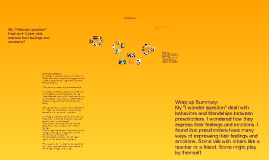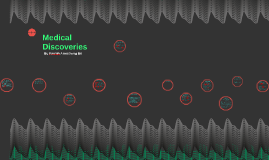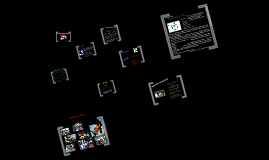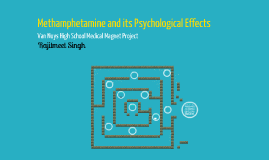Medical Magnet PowerPoint
Transcript: -This was a case study about how the experiences of a meth addict had an impact on its family relationships. Ms.September wrote about Nicholas’ journey with the drug Methamphetamine Methamphetamine and the Body -Moreover, the drug meth slowly deteriorates your neurotransmitters such as the dopamine, norepinephrine, epinephrine, and when taking meth it blocks re-uptake within your neurotransmitters, and a gradual chemical buildup occurs. This chemical buildup has many different effects on a person’s behavior. For the meth user the chemical buildup resembles that of an exhilarating rollercoaster ride, and feelings of euphoria begins to rise -The Dopamine System is the neurotransmitter that plays a part in in controlling movement, thought processes, emotions, and the pleasure centers of the brain -The Norepinephrine System is the neurotransmitter that plays a part in controlling alertness, rest cycles, attention, and memory -The main characteristics of meth psychosis are hallucinations and delusions. The most frequent hallucinations are auditory ones, where the patient “hears voices" -Methamphetamine is a very addictive, strong drug. Just like the people I interviewed agreed that Meth can lead to bad habits and ruin lives, even though it might raise your mood for a while, and that it’s not worth it. The risks of methamphetamine is not worth the damage to one’s psychological health -Long-term effects may include severe mental disorders, memory loss, addiction, starvation, and severe dental problems also known as “Meth Mouth,” which can lead to a loss of teeth by decay -People with EDS report mental vagueness, a lack of energy and concentration, memory lapses, and/or extreme exhaustion -Symptoms of Narcolepsy include excessive daytime sleepiness (EDS), cataplexy, hallucinations, and sleep paralysis -Serotonin plays an important role within the body including sleep, appetite, memory, sexual behavior, and mood -The brain contains neurotransmitters, which are chemical messengers that work together to perform many difficult tasks -Methamphetamine is used to treat exogenous obesity in small doses, and in small doses it can help patients lose weight. -Depressives (patient diagnosed with depression) often show exaggerations of helplessness, hopelessness or guilt; depressives believe that they are solely responsible for all of the evil in the world. Depressives may also experience paranoid delusions, feel sad, anxious, and worthless -Psychological effects can include euphoria, anxiety, increased libido, alertness, concentration, increased energy, increased self-esteem, self-confidence, sociability, irritability, aggressiveness, excessive feelings of power and invincibility, paranoia, and depression -Command hallucinations are “voices” that may issue commands for violence to others. Sometimes the patient might have a visual or fragrant hallucination where they might see or smell something that is not present in the environment. Other types of hallucinations for people who are diagnosed with meth psychosis are touchable and gustatory; the patient feels bugs on their skin, which can cause physical problems because some begin to scratch their skin until it bleeds leaving scars, and refuses to eat because the taste of their food resembles the taste of poison Introduction to Methamphetamine and Psychology -Delusions are false personal beliefs that are not common to the patients’ cultural background. People diagnosed with meth psychosis can have delusions of persecution, grandeur, reference, being controlled, or somatic delusions. Delusions of persecution is when they believe that others intend to hurt them, delusions of grandeur is when they have an exaggerated feeling of importance, power or knowledge, delusions of reference is unrelated negative events are connected to them, as if they are the cause of the negative event Q: How did you quit? A: I progressively quit over the course of two years. I got in trouble with the law and they began to do drug tests on me, and during this time I began to become more aware of my drug habits and what it was doing to me. The one thing that pulled me out of it all was the bible. I’m a Jehova’s Witness. I started to dissociate with my friends that used the drug meth. I felt lonely, and it was hard to stop seeing my friends. It was hard to stop in general, but you’re always going to meet new people, and I definitely did. I made new friends after and it was the right thing to do -Medication to treat meth psychosis would be Haldol. Haldol is a drug that effective in the treatment of psychosis; however, it has a number of unpleasant side effects such as anticholinergic manifestations (dry mouth, blurred vision, urinary retention and constipation), nausea, skin rash, decreased libido, and weight gain -Methamphetamine can give unfavorable health affects, which include irregular heartbeat, increased blood pressure, diarrhea, excessive sweating and a variety of psychological problems -Nicholas’






